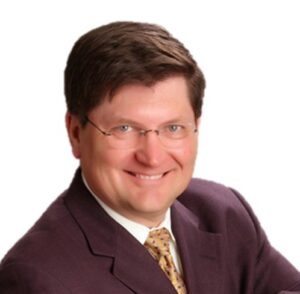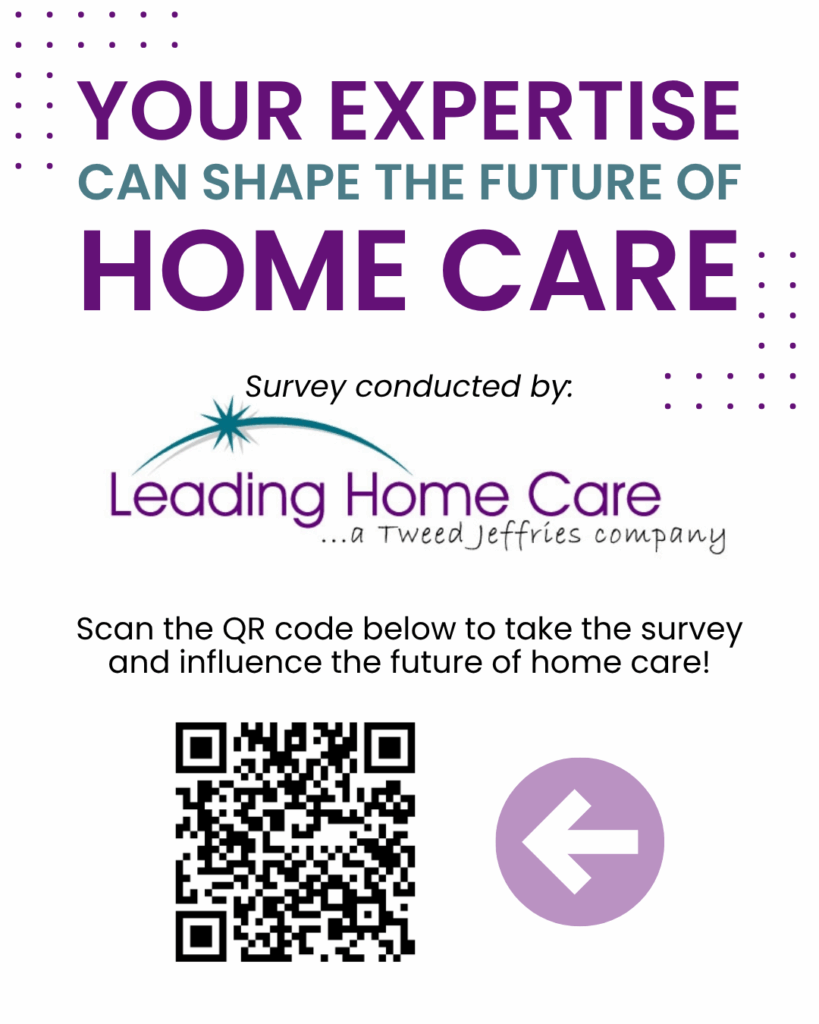 |
| Daniel Burrus |
“Demographics provide an excellent source of hard trends that can give us a powerful window into the future of any nation. Currently, China has 8.5 million elderly and 180 million people over age 60. That’s a lot of people getting older every year, but that’s today. If we jump ahead 20 years, they will have over 360-million people over age 60. That’s a huge number, especially when you consider that China has not built a strong social safety net to provide pensions, affordable healthcare, or homes for the elderly.
For example, currently in Beijing there are only a few hospices—not nearly enough to meet the current nor enormous future demand. Additionally, while there are workers who pay taxes, many more have never paid taxes and therefore won’t have access to pensions. Most of those who have never paid taxes also have no savings. They must rely on their children to take care of them.
The population that has been paying taxes does have access to a government pension, but it is a meager one at best. There are currently six workers paying taxes for each retiree. If we look 20 years ahead, there are two workers per retiree—not a good combination
.
Another interesting fact is that life expectancy in China rivals the West. It’s one of their great achievements and, ironically, part of the problem.
Where did this future problem come from? In the 1970s and 1980s, the Chinese government asked their people to marry later, to have longer gaps between children, and to have fewer children. That mandate ended up giving birth to the “one child per family” policy, which created a smaller generation that is following the boom.
This is giving birth to what I call the 1/2/4 effect, which affects all the only-children in China. When those children start working, as many of them are now, they’re going to be supporting two parents. So it’s one person supporting two. But in reality, they’re also going to be supporting two, and in many cases four, grandparents. So their wages are going to have to support an ever-widening group of elderly.
Between the rising number of elderly and the shrinking number of young workers, Chinawill be increasingly looking for solutions. The only way to avoid major problems and disruptions is to pay attention to the hard trends…and take action now.”
Do you see some similarities with the demographic issues we face in this country?
What are some of the hard trends you are aware of that will help us see more clearly the future of home care in America?
What can we as an industry do to get ready for the future?



